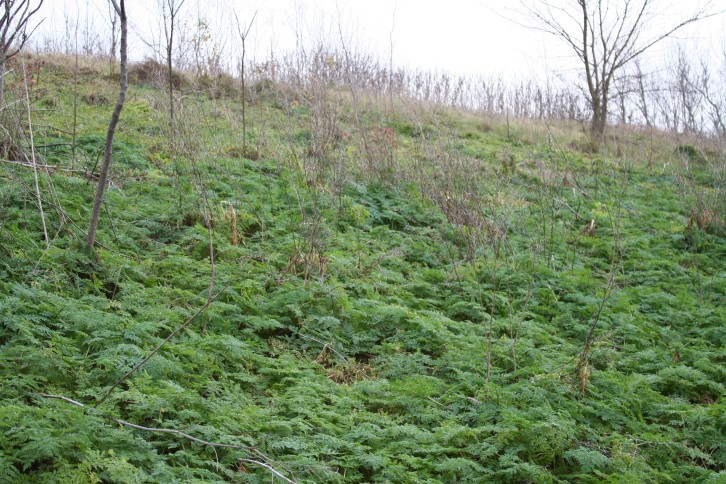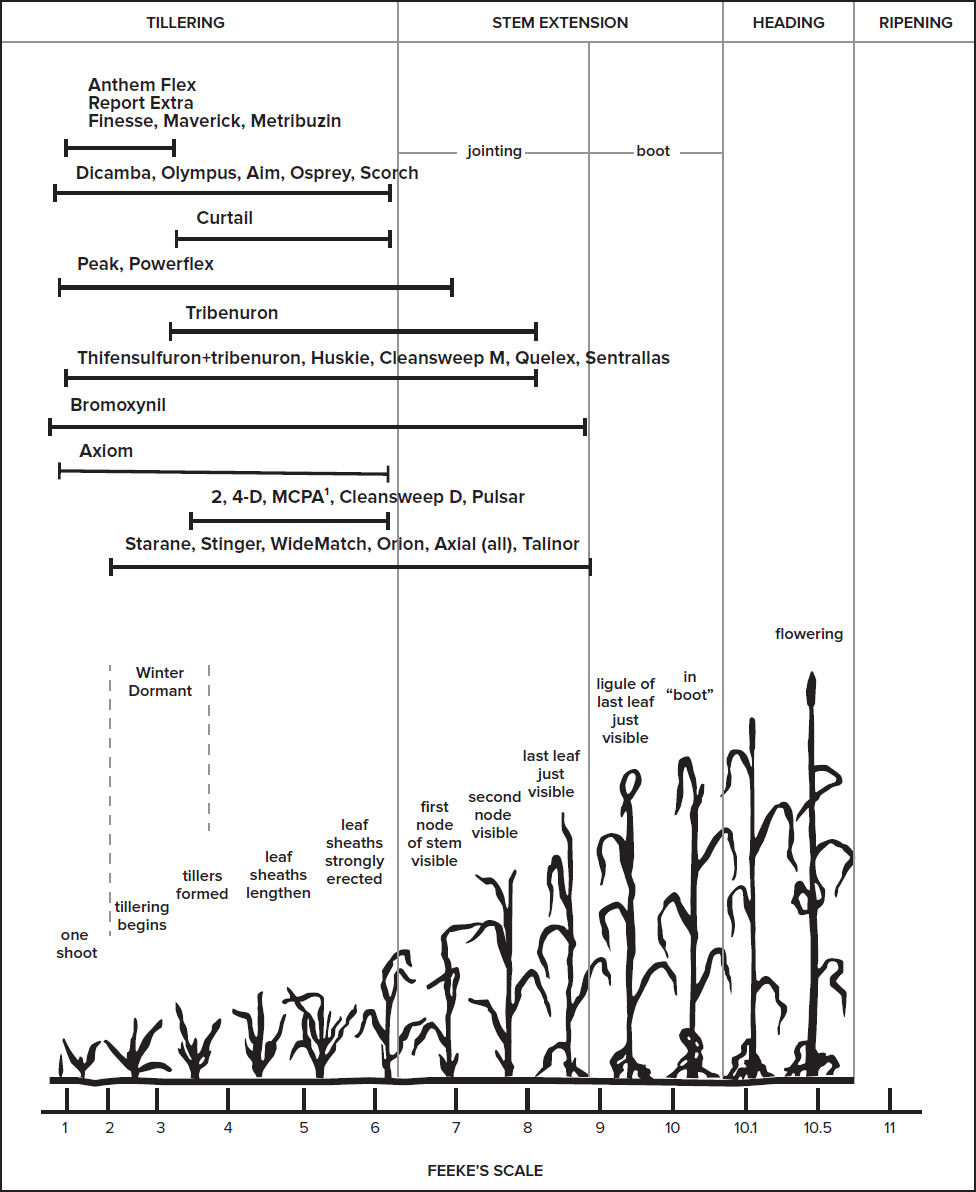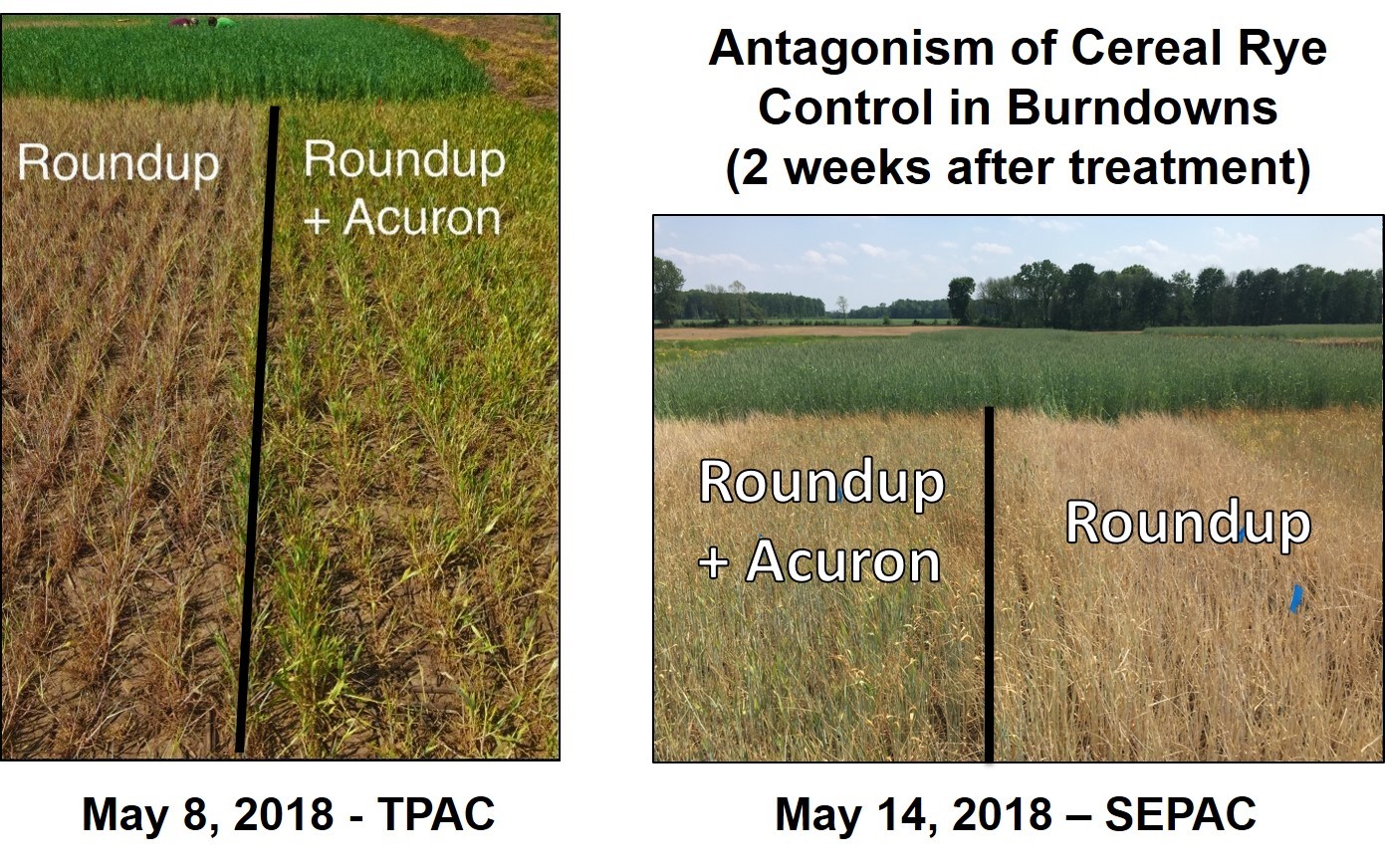Since our annual North Central Weed Science Society conference was virtual this past December, all graduate student presentations were pre-recorded to facilitate meeting logistics.
Marcelo Zimmer

The purpose of this new website is to consolidate all information regarding our Integrated Weed Management research and extension efforts, as well as to highlight the work conducted by our graduate students.

Every spring we receive phone calls and emails with concerns of the presence of poison hemlock (Conium maculatum L.) in pastures, fencelines, and field edges.
There are a number of weed management resources that have been developed by Extension Weed Scientists by a United SoybeanBoard (USB)-funded initiative called “Take Action”.

The warmer temperatures experienced in Indiana over the past week and the forecast for warmer temperatures moving forward will allow winter wheat fields in Indiana to green up and resume growth.

Every year growers may experience challenges when controlling winter annuals weeds or terminating cover crops with glyphosate-based burndown herbicide programs, specifically when glyphosate is sprayed in cool, cloudy weather conditions or tank mixed with residual herbicides, ATS, or synthetic auxins (issue mostly for grasses).

As harvest season progresses quickly this fall due to favorable weather conditions and our crops come out of the field, now is the time to think about weed control for winter annual weeds, including marestail.

Indiana growers have shown increased interest in utilizing cover crops in our corn and soybean production systems over the last decade. Concurrently, there has also been increased utilization of soil residual herbicides to help manage herbicide-resistant weeds such as marestail (horseweed), waterhemp, and giant ragweed in our corn and soybean production systems. Soil residual herbicides can remain active in the soil for a period of weeks to months after application. The length of time a residual herbicide remains biologically active in the soil is influenced by soil texture, soil pH, organic matter, rainfall, and temperature. Since these factors will vary from field to field, definitive time intervals of residual herbicide activity can be difficult to predict. The use of residual herbicides in our corn and soybean production systems may interfere with establishment of fall seeded cover crops under certain conditions. Unfortunately, many of the species being used for cover crops[Read More…]
Split Applications Of Soil Residual Herbicides In Corn
In the last couple of years, we have received multiple calls regarding the control of volunteer corn in Enlist and Xtend soybeans systems.
© 2026 Purdue University | An equal access/equal opportunity university | Copyright Complaints | Maintained by Pest&Crop newsletter
If you have trouble accessing this page because of a disability, please contact Pest&Crop newsletter at luck@purdue.edu.


